Vibratory bowl feeders consist of a vibratory bowl, also referred to as a feeder bowl, which is mounted on top of a drive unit that provides the vibrations. Read More…
ERIEZ is a global manufacturer of an entire range of vibratory feeders and related machinery. We serve all the process industries, including food, chemical, pharmaceutical, ceramics, glass, packaging, metalworking, minerals processing and others.

Rodix manufactures vibratory feeder controls, inline track drives, drive bases, & bulk storage hoppers for part feeding systems. Our line of vibratory feeder controls feature variable amplitude, variable frequency, line-voltage compensation, UL/cUL Listed, CE Marked, and more. We have experience working with machine integrators, vibratory feed system builders, and manufacturers.
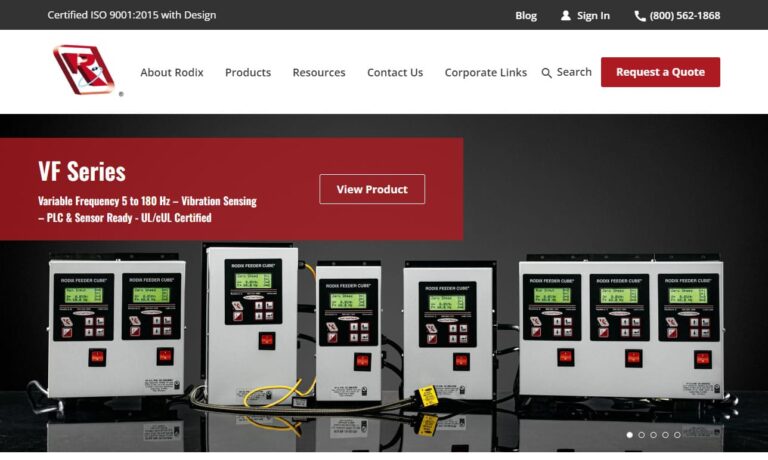
PPM Technologies Holdings, LLC is an innovative industry leader in the vibratory feeder industry. Our main focus has always been to provide our customers with high-quality products with the exact specifications for their needs. With our wide range of products, we are able to serve various industries.
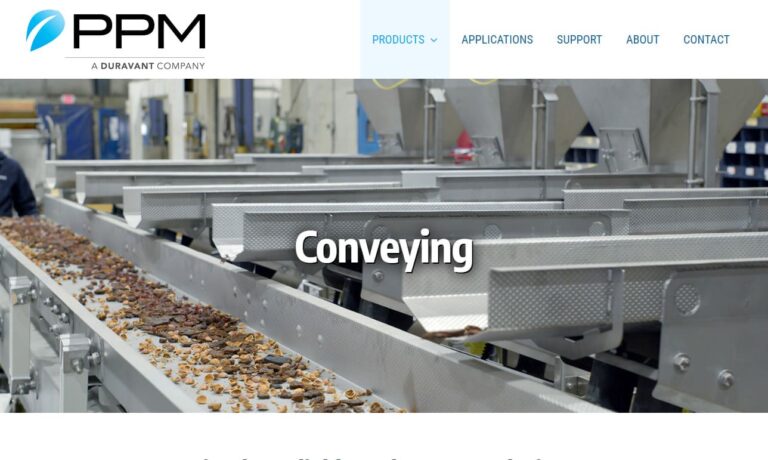
If you are in need of quality vibratory feeders, we can help you out! At Hoosier Feeder, our philosophy is simple. We aim to put our customers first, get their requests right on the first try, communicate with them every step of the way, and deliver their products on time. We have experience working with a wide range of industries such as pharmaceutical, automotive, and food and beverage. For...

M&S Automated Feeding Systems creates parts feeders built and tested to each customer’s specific application. Fully equipped to design, fabricate and service a complete range of quality feeding equipment and specialized parts handling systems, including vibratory controls, conveyors, custom mechanisms, centrifugal feeder bowls, hoppers, vibratory inline feeders, sealing and vision systems.

More Vibratory Bowl Feeder Manufacturers
A vibratory feeder does not solely depend upon vibrations, but gravity as well in order to move the parts through the spiral track on the inside of the feeder bowl. Once the parts are fed through the vibratory feeder, linear feeders are used to carry the parts to the other equipment. Linear feeders consist of tracks or trays, a mounting surface and either an electromagnet or an unbalanced motor.
As a cost-effective alternative to manual labor, vibratory bowl feeders are often utilized in industries and applications such as: food processing, for the sorting of raw food materials such as rice, walnuts and more; railroad, for use in the unloading of railroad carts and subsequent sorting of the various minerals or parts; pharmaceutical, in order to sort various medications and vitamins; and industrial manufacturing, for the sorting and orientation of small parts manufactured in high volumes.
Arguably, the most essential component of a vibratory bowl feeder is the vibratory bowl. When it comes to vibratory bowls, there is a wide range of materials and types to choose from, with the correct selection depending on the specific requirements of the desired application. When it comes to the shape of the bowl, there are four main types: cylindrical bowls, conical bowls, stepped bowls and polyamide bowls.
Each of these bowl shapes are better suited for certain kinds of applications. For instance, cylindrical bowls work best with the continuous transport of small parts, or heavy components with sharp edges. Conical bowls, on the other hand, work best with larger loads for the application of automatic pre-separating. In addition, stepped bowls are ideal for applications requiring both larger volumes and larger components.
Lastly, polyamide bowls are best-suited for the sorting and orientation of simple components versus complex. In addition to bowl shapes, the material they are constructed from is also important and can vary based on the application.
The two most common materials used to fabricate vibratory bowls are stainless steel and aluminum. Stainless steel is more commonly used for industrial applications, as well as in the food and medical industries since it is a sanitary grade material.

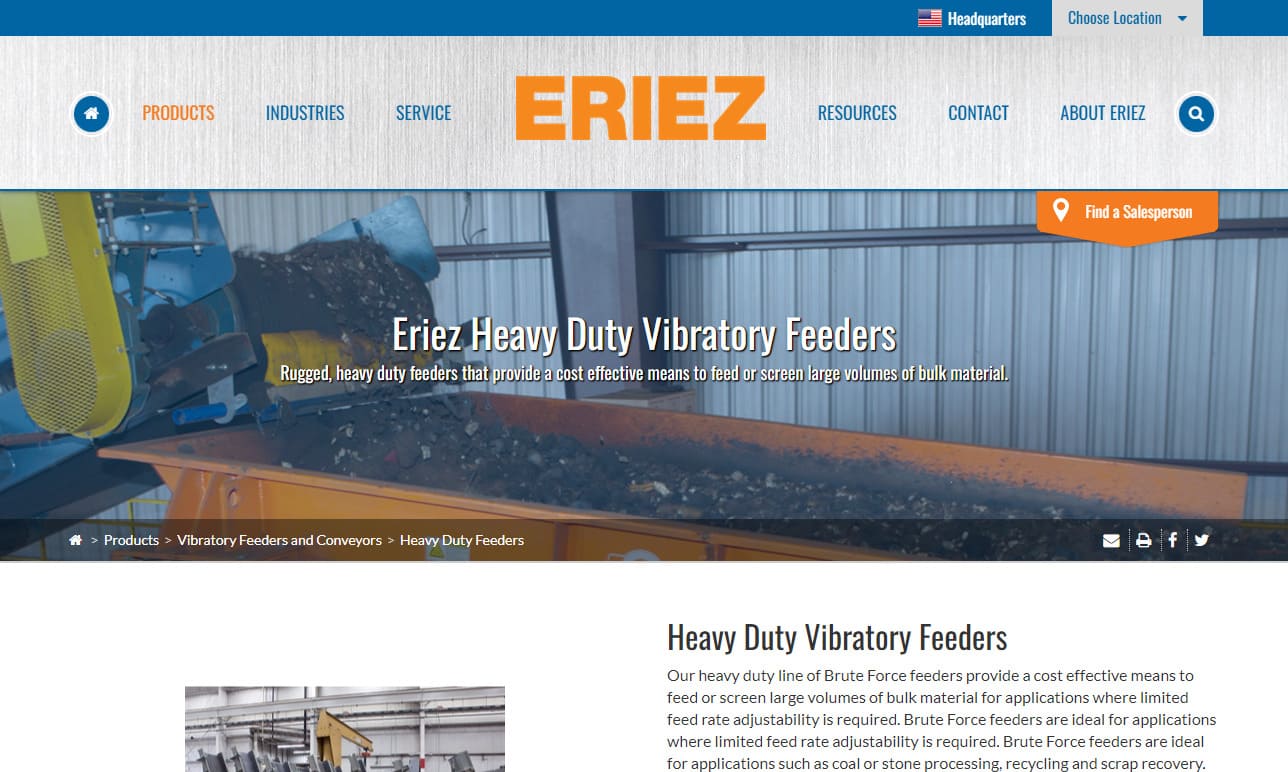
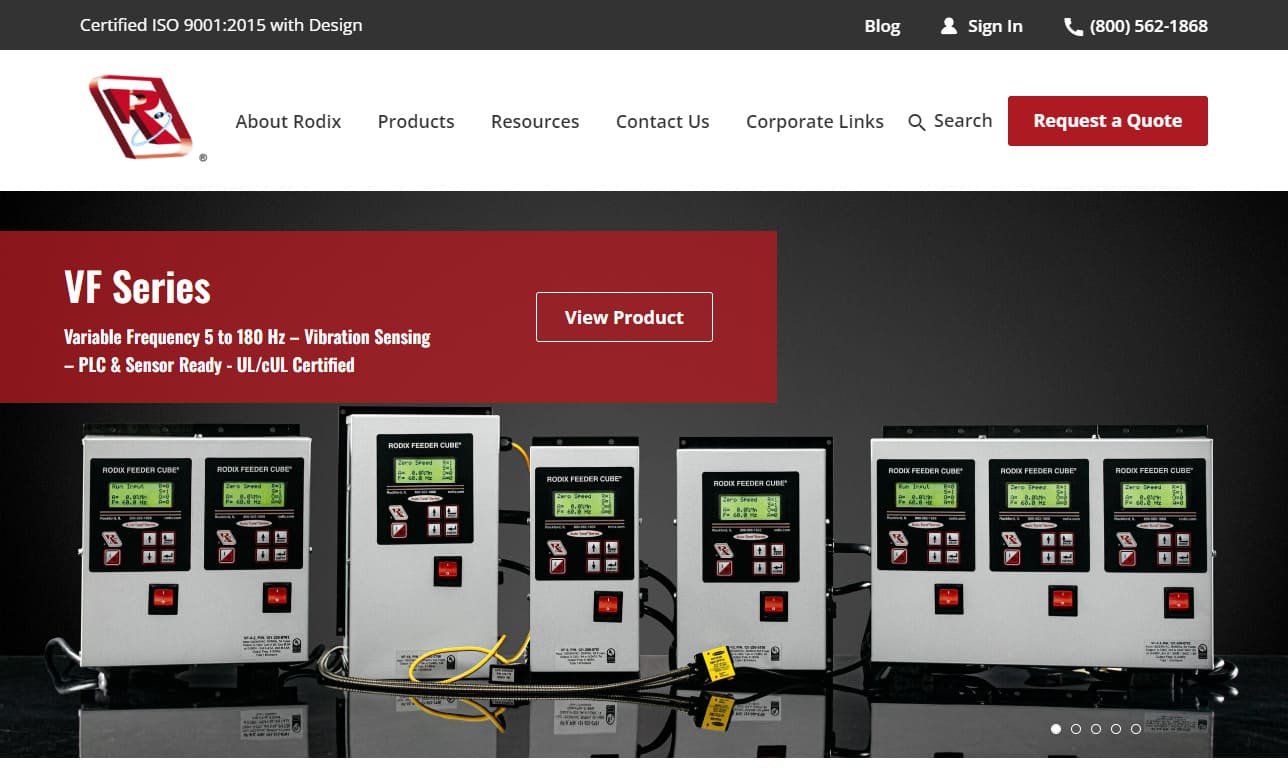
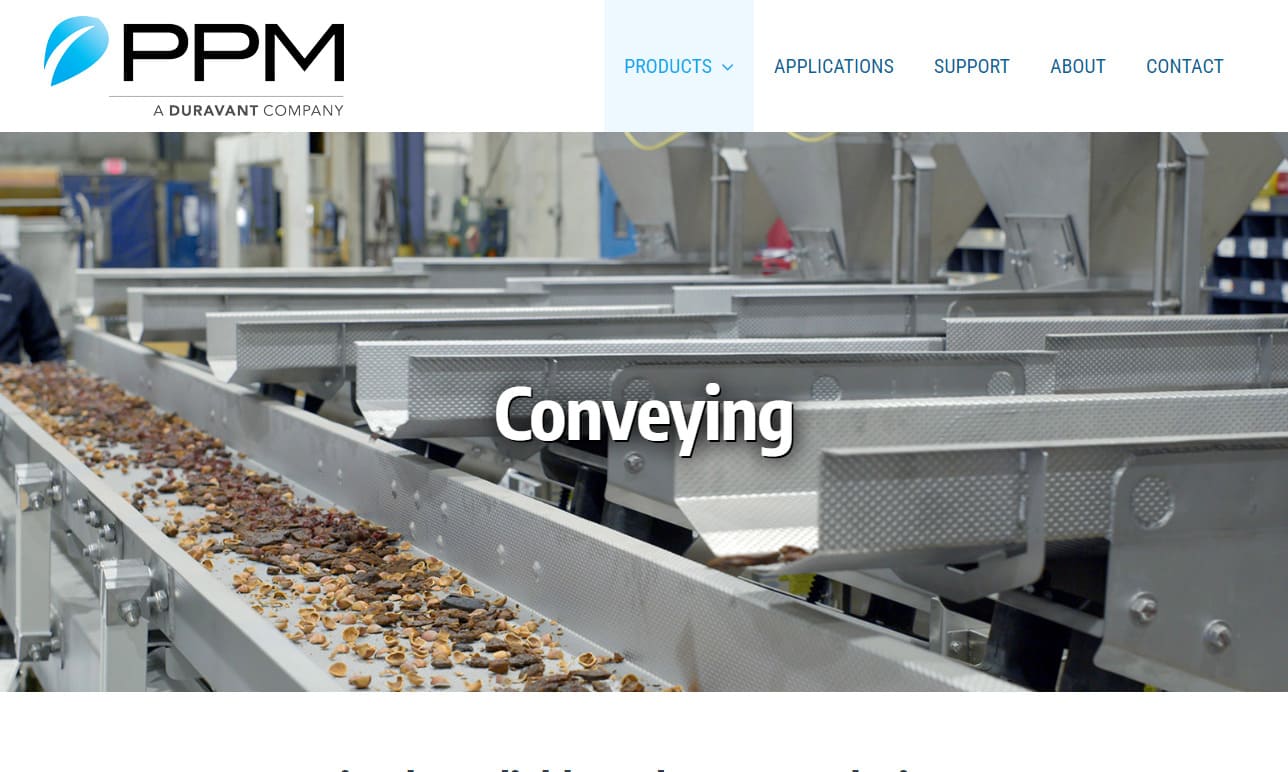


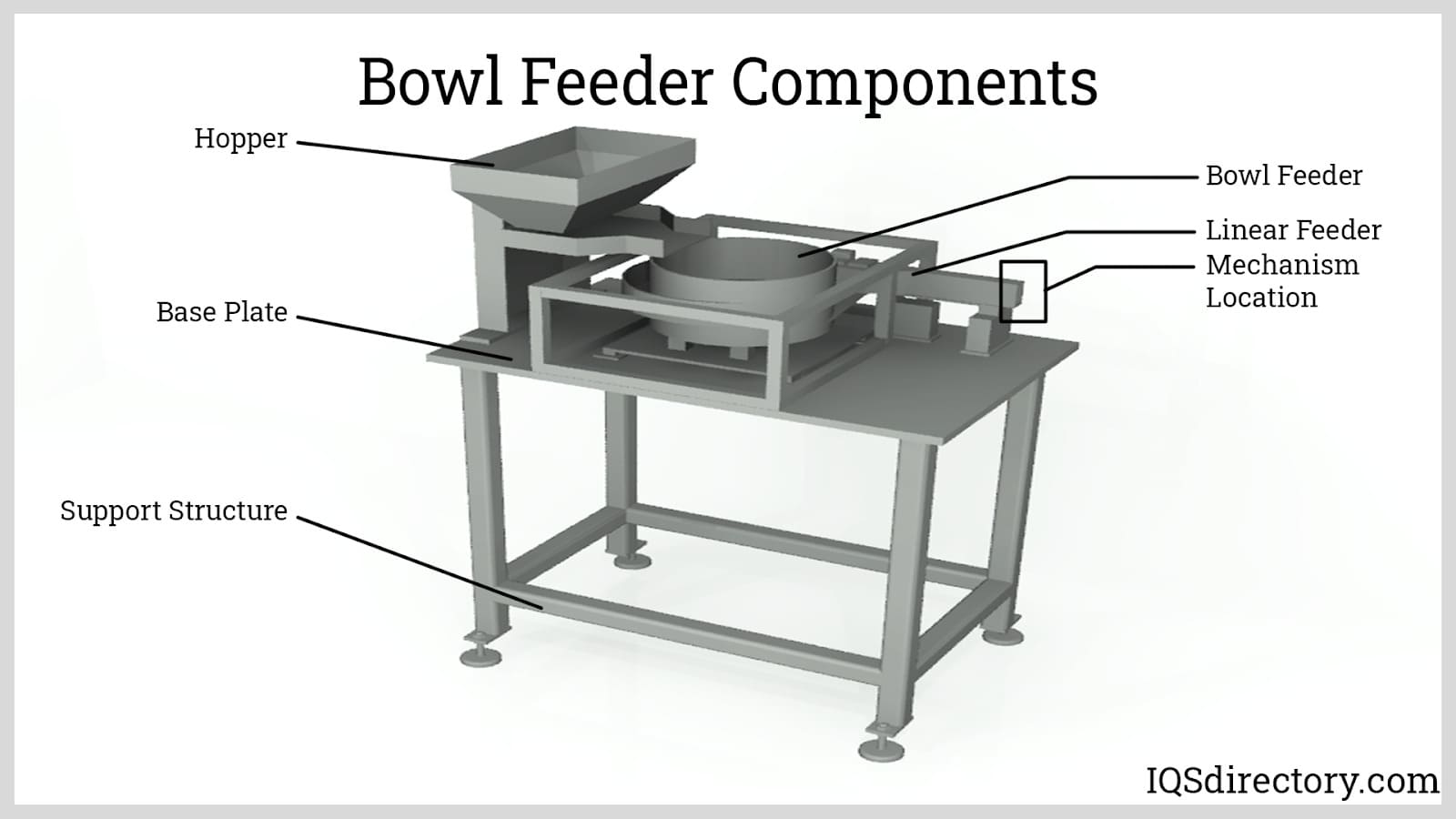
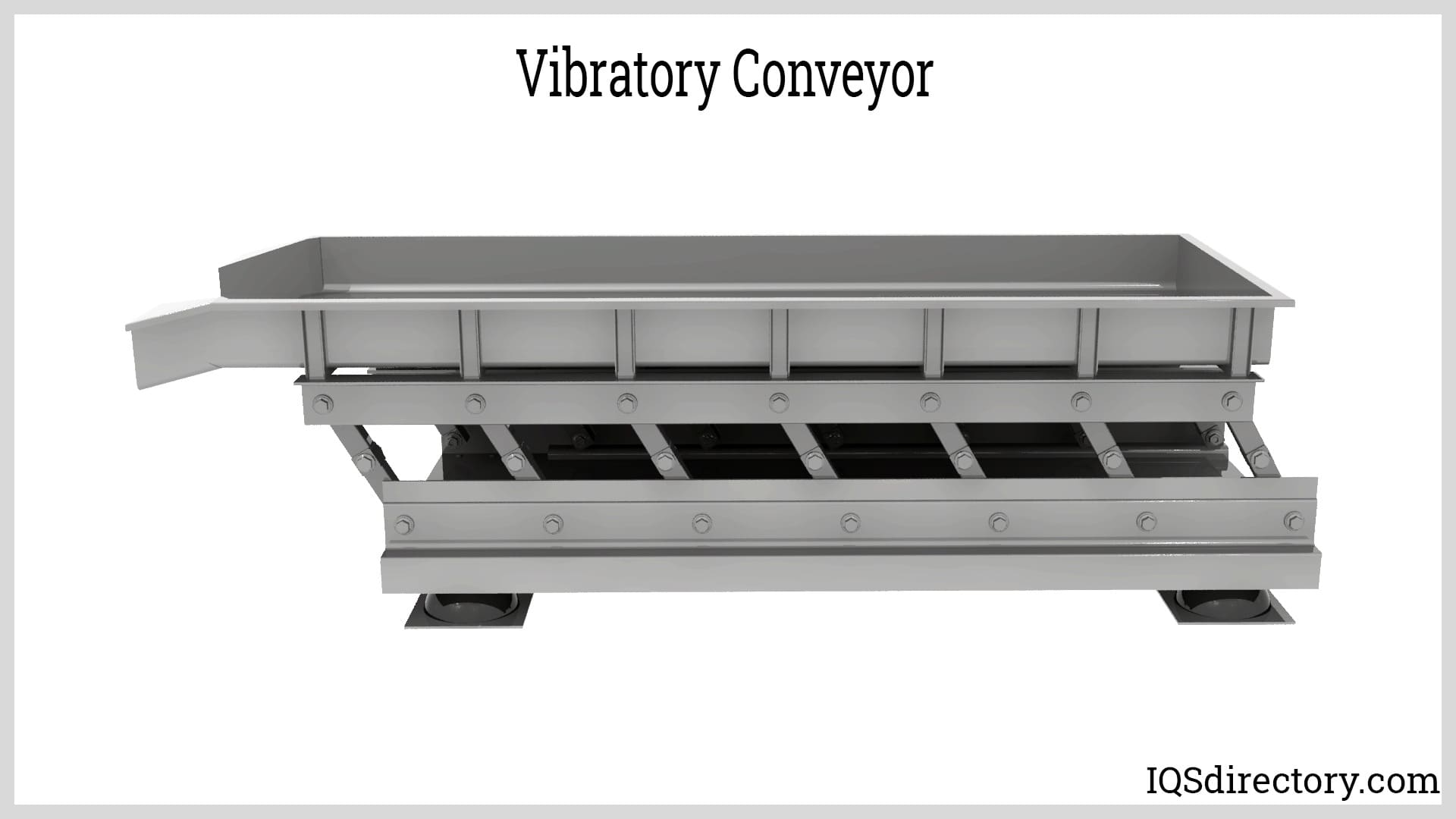

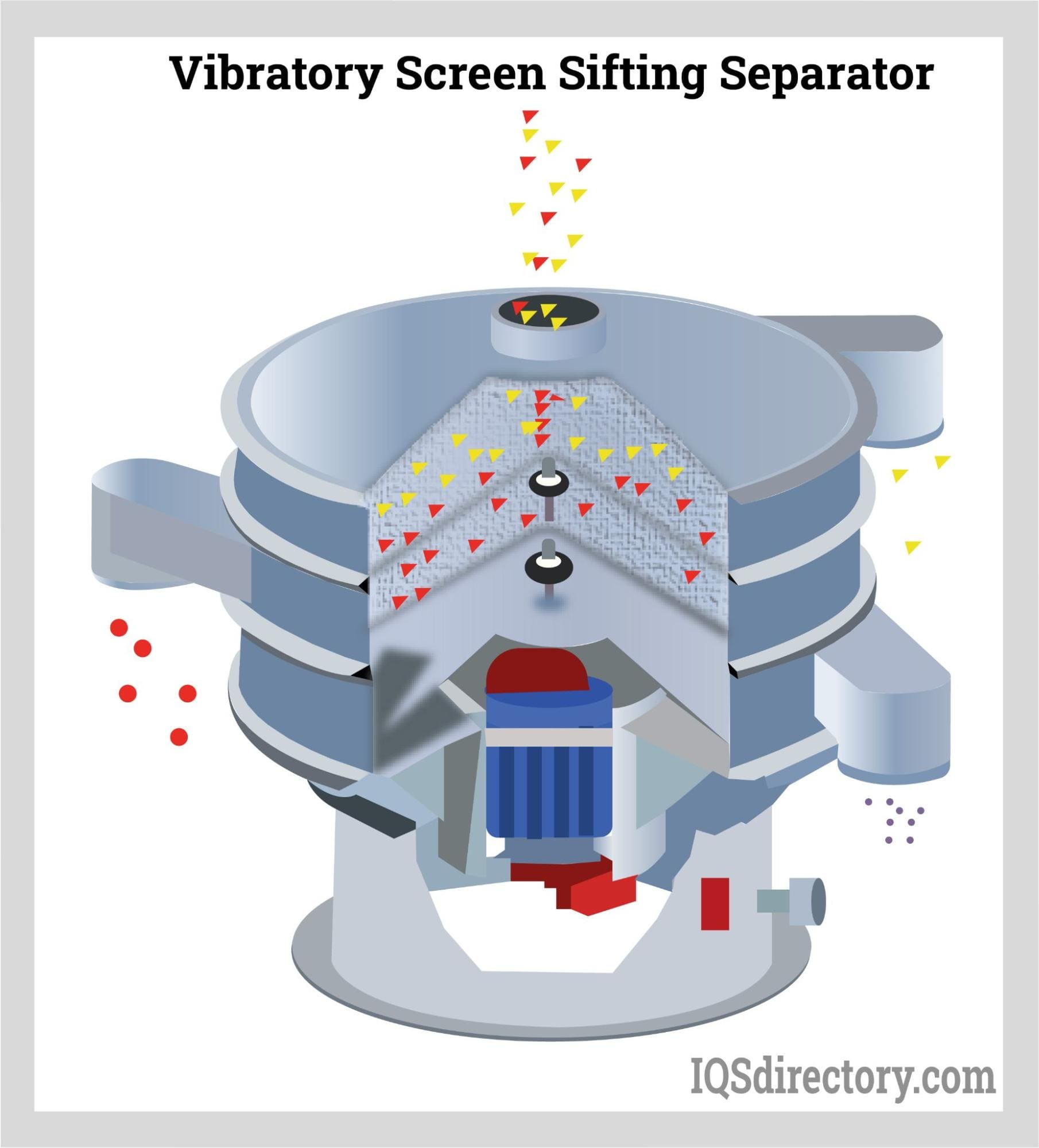
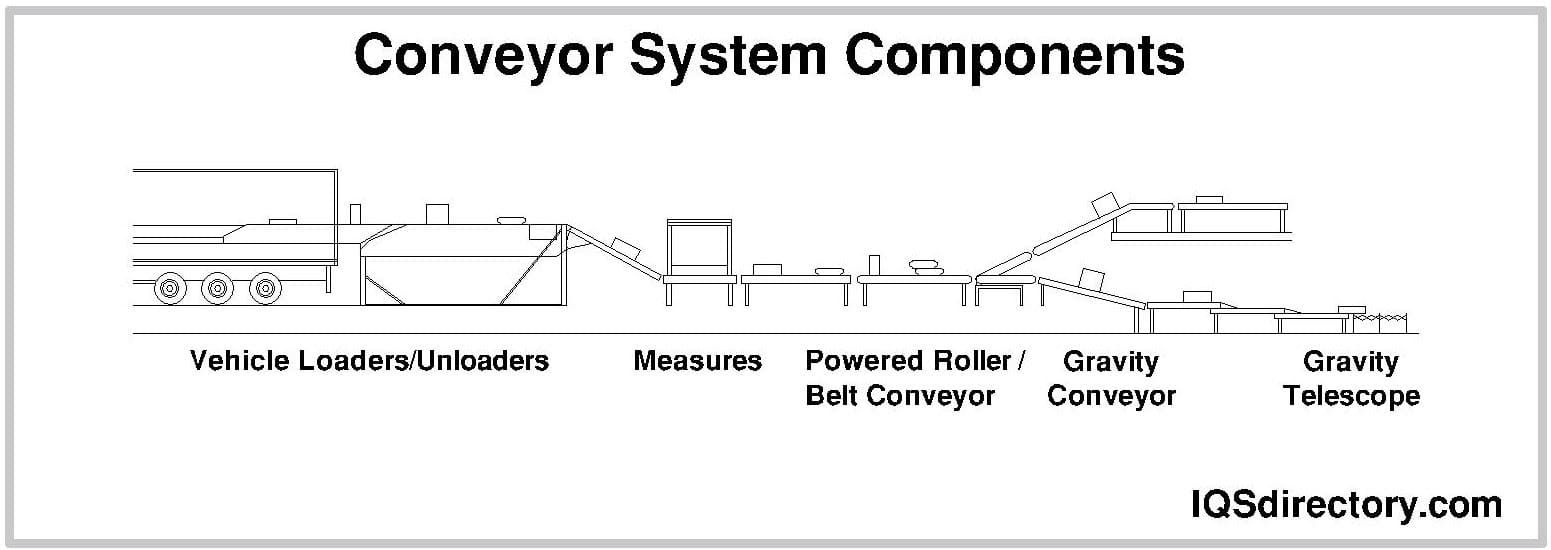
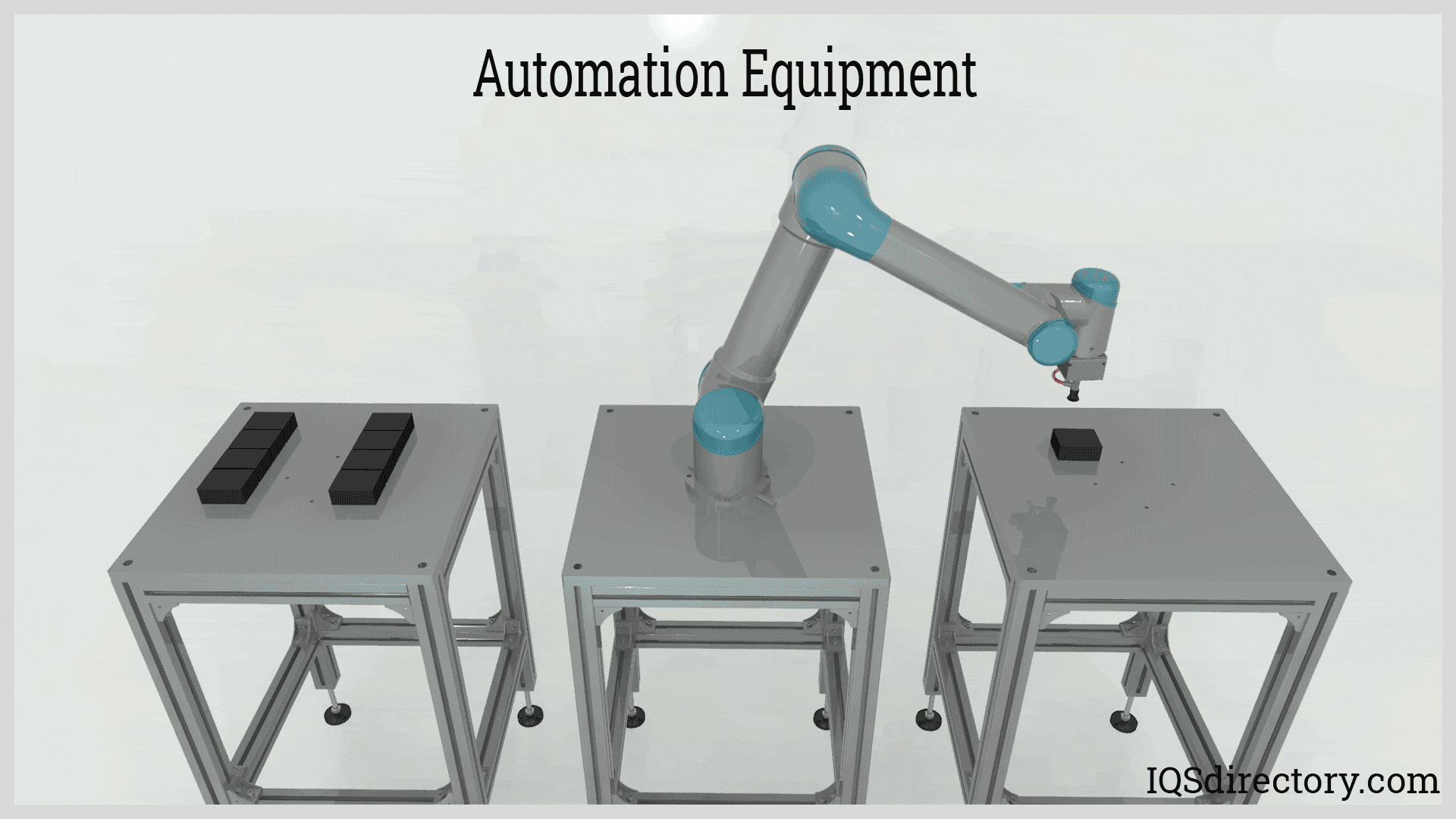
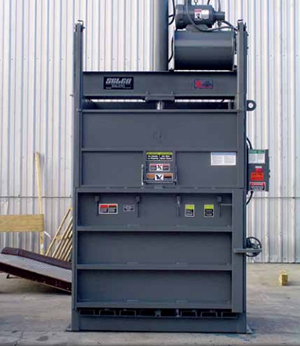 Balers
Balers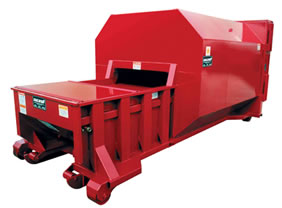 Compactors
Compactors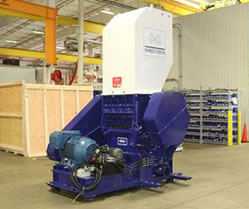 Granulators
Granulators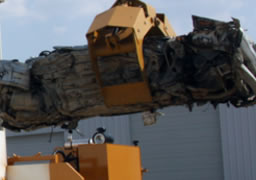 Grapplers
Grapplers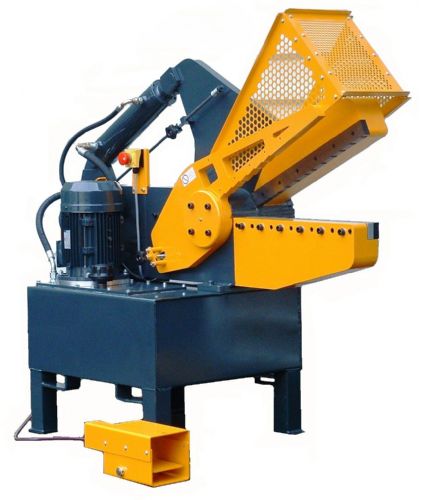 Metal Shears
Metal Shears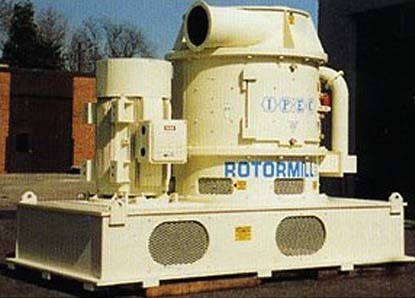 Pulverizers
Pulverizers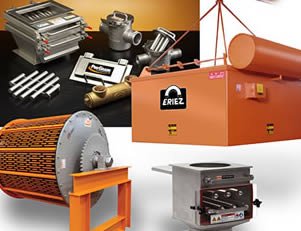 Separators
Separators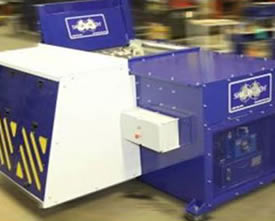 Shredders
Shredders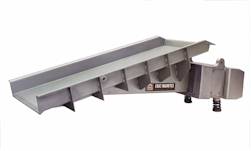 Vibratory Feeders
Vibratory Feeders Castings & Forgings
Castings & Forgings Bulk Material Handling
Bulk Material Handling Electrical & Electronic Components
Electrical & Electronic Components Flow Instrumentation
Flow Instrumentation Hardware
Hardware Material Handling Equipment
Material Handling Equipment Metal Cutting Services
Metal Cutting Services Metal Forming Services
Metal Forming Services Metal Suppliers
Metal Suppliers Motion Control Products
Motion Control Products Plant & Facility Equipment
Plant & Facility Equipment Plant & Facility Supplies
Plant & Facility Supplies Plastic Molding Processes
Plastic Molding Processes Pumps & Valves
Pumps & Valves Recycling Equipment
Recycling Equipment Rubber Products & Services
Rubber Products & Services